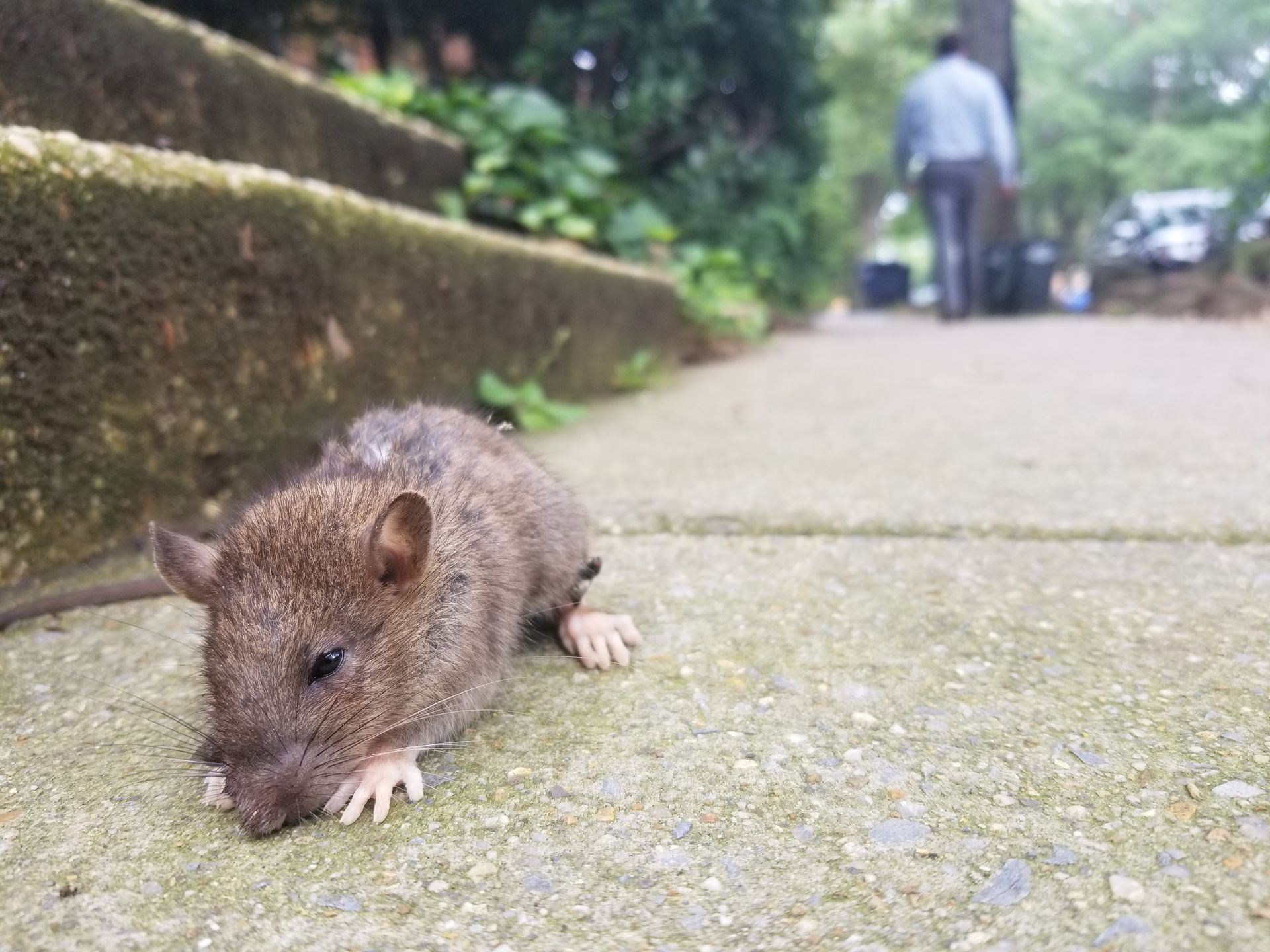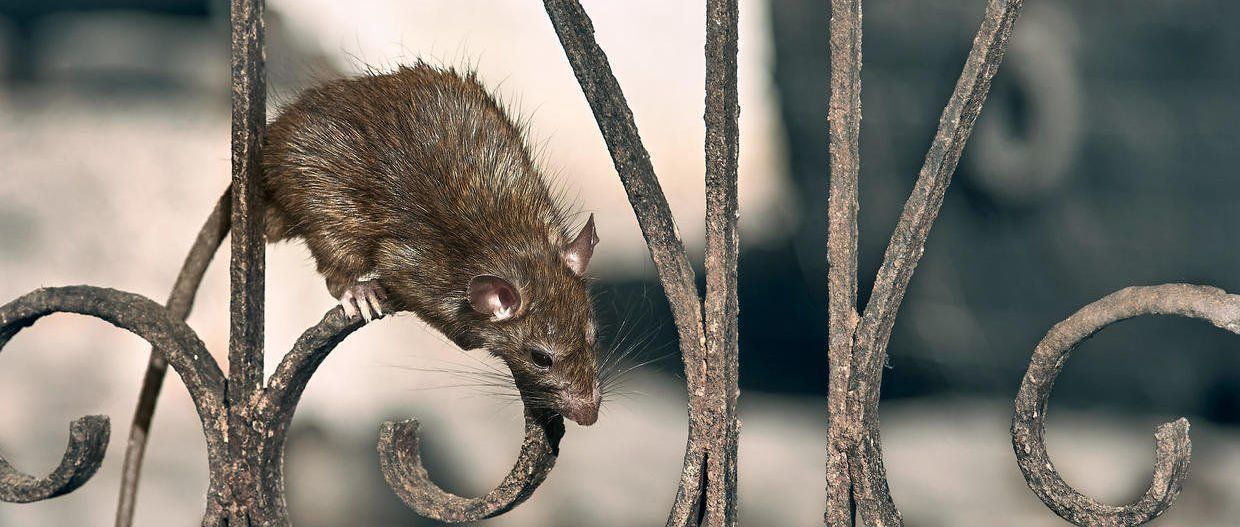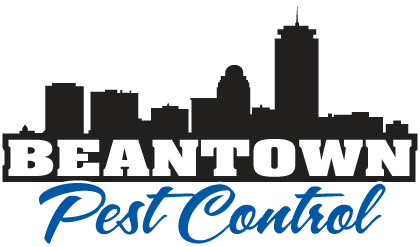Understanding Why Some Areas Have Higher Rat Populations
At Beantown Pest Control in Boston, MA, removing rats from an area or home is a common call we receive. Rats are a common sight in various environments, from the bustling streets, to fields, to quieter suburban neighborhoods. While it may seem like they are everywhere, have you ever wondered why some areas are more prone to rat infestations than others?
1. The Essentials: Food, Water, and Shelter
The primary factors driving rat infestations are the availability of food, water, and shelter. As human populations grow, so does the number of eateries, dumpsters, and waste, providing a constant and abundant food source for rats. These rodents are opportunistic feeders, thriving on the leftovers and waste generated by human activities. Coupled with accessible water sources and suitable nesting spots, these conditions create an ideal environment for rats to thrive.
2. Rapid Reproduction: A Key Contributor
One of the most concerning aspects of rat populations is their ability to reproduce at an astonishing rate. A single female rat can give birth to 10-12 offspring every 3-4 weeks, and over her lifetime, she could produce between 170-205 descendants! This rapid reproduction rate allows rat populations to escalate quickly, particularly in areas where they have easy access to food, water, and shelter.

3. Top Factors Contributing to Higher Rat Populations
Several specific factors can lead to an increased rat population in certain areas:
- Proximity to Water Sources: Rats are naturally drawn to areas near bodies of water, such as rivers, lakes, or marshlands. These environments not only provide hydration but also often offer ample food sources, making them attractive habitats for rats.
- Old Sewer Infrastructure: Older cities, like Boston, often have aging sewer systems with brick pipes that are easier for rats to access and burrow into. These outdated structures can become breeding grounds for rat populations.
- Growing Human Populations: As urban areas expand and human populations increase, so does the volume of waste generated. This surge in available food sources can significantly boost rat populations.
- Unsecured Dumpsters: Poorly maintained or unsecured dumpsters are like a buffet for rats, providing them with a consistent and reliable food supply.
- Overgrowth and Unmaintained Areas: Neglected areas with tall grass, dense vegetation, and accumulated debris offer perfect hiding spots and nesting grounds for rats, allowing them to breed and thrive undisturbed.
- New Construction: While new construction doesn’t directly cause rat infestations, it can displace existing rat populations, pushing them into new areas where they may find suitable food and shelter.
4. The Impact of Seasonal Changes on Rat Behavior
Another critical factor influencing rat populations is the changing of seasons. Rats are highly adaptable creatures, and their behavior often shifts with the seasons. During the warmer months, rats tend to thrive due to the increased availability of food from outdoor activities, barbecues, and open dumpsters. Additionally, the warm weather provides ideal conditions for breeding.
However, as temperatures drop in the fall and winter, rats seek warmth and shelter, often moving indoors into homes, basements, and other structures. This seasonal migration can lead to an uptick in rat sightings in residential areas. Understanding these seasonal patterns can help in timing pest control measures more effectively to prevent infestations before they become severe.

5. Effective Measures for Rat Control
Controlling rat populations requires a proactive approach, focusing on reducing their access to food, water, and shelter. The following strategies have proven effective:
- Enhanced Waste Management: Installing more public trash barrels and ensuring regular emptying can significantly reduce food availability for rats.
- Limiting Overgrowth: Regular maintenance of green spaces, including trimming tall grass and removing debris, eliminates potential nesting sites.
- Dumpster Management: Ensuring that dumpsters are secure and well-maintained can prevent rats from accessing food.
- Targeted Baiting: Baiting in specific areas where rat activity is observed can help to reduce populations effectively.
- Public Education: Educating the community on the importance of proper waste disposal and reducing potential rat habitats can go a long way in preventing infestations.
Call Beantown Pest Control:
Rats are a persistent issue in many areas, but with the right measures, their populations can be effectively controlled. By addressing the factors that attract rats and implementing preventative strategies, we can create healthier and safer environments.
If you need assistance with rat control, don’t hesitate to reach out to Beantown Pest Control at 781-443-3869. Together, we can take the necessary steps to keep rat populations under control and protect our communities.
For more information or to schedule an appointment, visit BeanTownPest.com.


